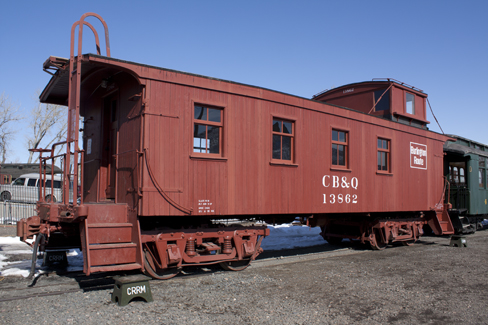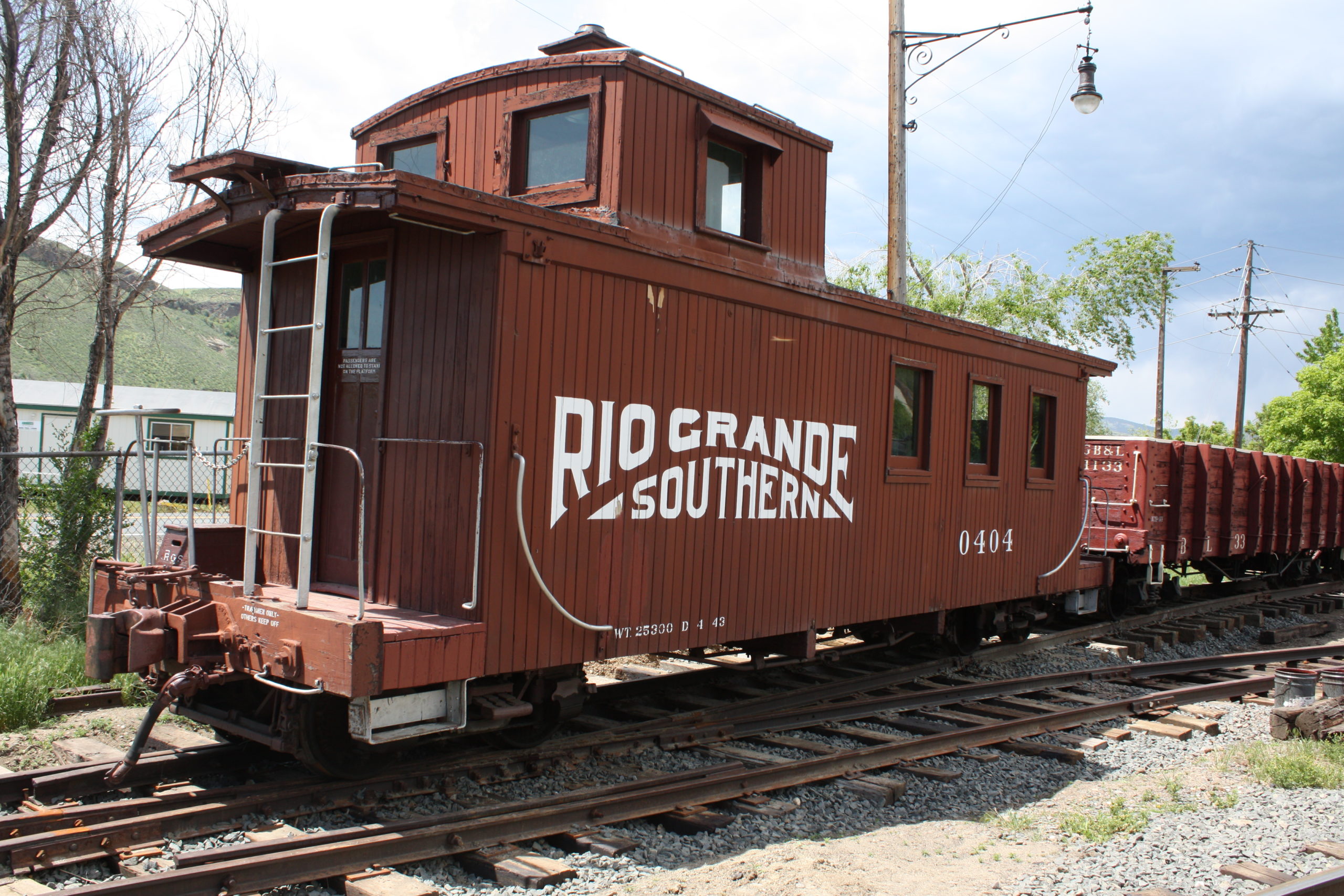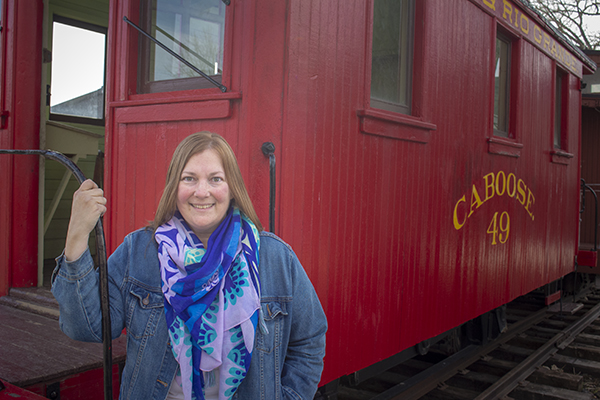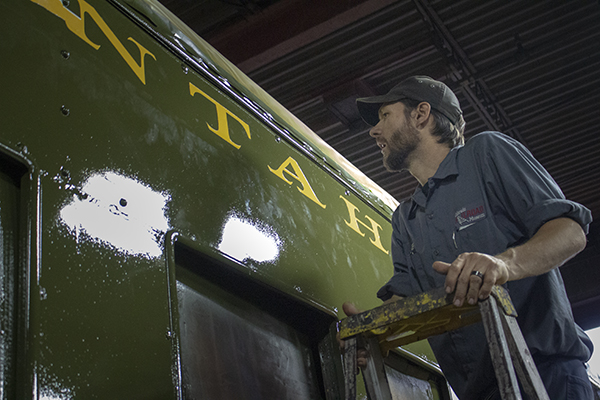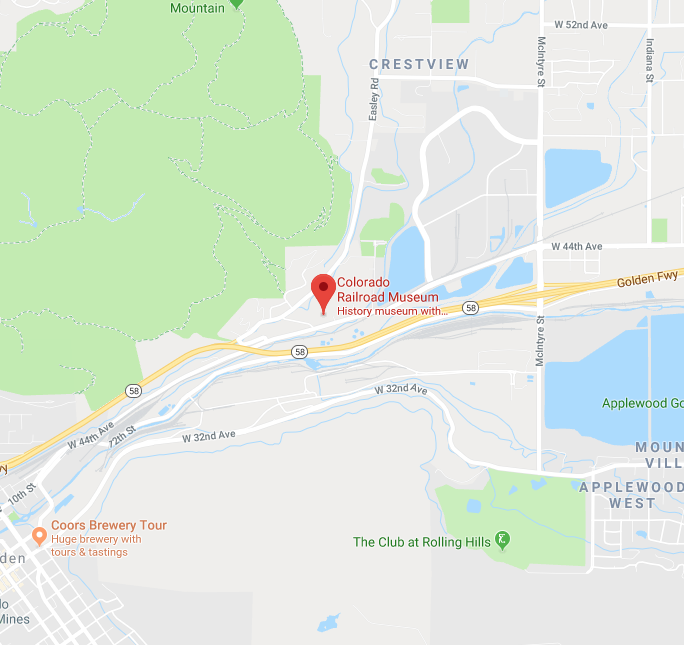Cabooses
Cabooses were used as traveling offices, bunkrooms and kitchens. They housed the conductor and brakemen and provided a vantage point from which to monitor the train’s progress. In the 1980s, railroads started to utilize Flashing Rear End Devices or FREDS. These computers monitor the brake system and inform the engineer of the status of the train. Railroads also installed automated lineside detectors to check for such things as overheated bearings and dragging equipment. FREDs and lineside detectors eliminated the need for a caboose and rear end crew members, making the red caboose a nostalgic memory in railroad history.
In the following descriptions, (N) indicates narrow gauge and (S) indicates standard gauge.
EXPLORE MORE OF THE MUSEUM
Chicago Burlington & Quincy Caboose No. 13862 (S)
Restored in 2010, this wooden caboose was retrofitted with electricity, central air and benches with tables. It is now a popular party venue at the Museum.
Want to celebrate your next event in style? Contact our Guest Service Staff here
Rio Grande Southern Caboose No. 0404 (N)
This caboose was part of the last freight train to run on the Rio Grande Southern railroad in southwestern Colorado in 1951.
Denver & Rio Grande Caboose No. 49 (N)
No. 49 is representative of the small four-wheel wooden cars used by early railroads. A stove for heating and cooking, bunks for sleeping and a desk for paperwork made up a crew’s living quarters during their time away from home.
